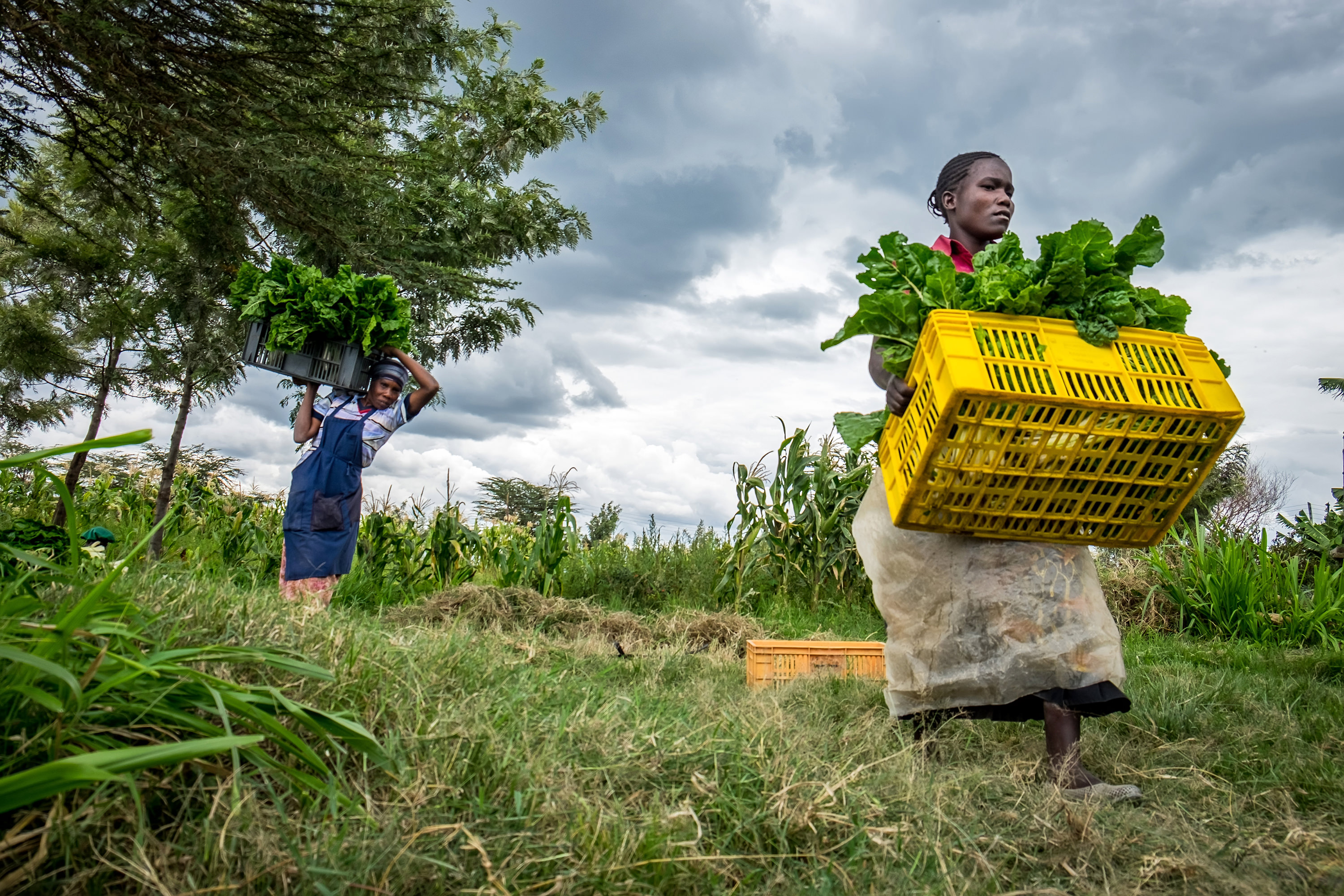Access to quality inputs is critical to boosting agricultural productivity. However, quantitative research (Tjernström et al 2017; Bold et al 2017; Ashour et al 2019) and news reports (Muchiri 2019; Okinda 2019) find that the quality of agricultural inputs—such as seeds, fertilizer, and pesticides–is often low in rural African markets. The inability of buyers to detect product quality may enable low-quality to persist in the market. Indeed, these reports, as well as our pilot results, suggest that low and high-quality products often appear similar along with observables (e.g. price and package characteristics), which is consistent with reports of widespread counterfeiting (KAM 2012, Okinda 2019; see figure A1). In such an environment a market breakdown can occur (a “lemons market”) in which selling high-quality products may not be profitable (Akerlof 1970; Wolinsky 1983).
This project attempts to study whether an information campaign to improve Kenyan farmers’ ability to detect quality can: (1) increase usage of techniques to verify seed quality, (2) increase adoption of quality-verified seeds, (3) increase the quality of seeds available in the local market, and (4) improve agricultural outcomes. The research project examines differential impacts on female-headed versus male-headed households, potential mechanisms through information-sharing networks, and implications of the results for closing the gender gap in productivity.
To quantify the impacts of the information campaign, the study randomize the campaign across 320 small rural markets in Western Kenya. At each treated market, the team works with the local assistant chief to deliver flyers to and speak to locally influential residents at gatherings, including village elder meetings, local farmer group meetings, and barazas and chamas (local community meetings). Treatment is administered in the month before planting season, which occurs around the start of rains in March. They collect data via baseline surveys prior to treatment, a market audit of seeds during planting season, a follow-up survey of sellers after planting season, and a follow-up surveys of households after harvest.
To examine possible differential impacts for female-headed households, they stratify to ensure an adequate number of female-headed households in our sample. As well, motivated by evidence that gender dynamics interact with information sharing networks (Kondylis 2016), they examine a possible mechanism by exploiting quasi-random variation in the gender of the enumerator disseminating the information.
The project provides direct evidence relevant for boosting yields of a staple crop crucial for food security. As well, the research team explores the extent to which informational barriers may differ between male-headed versus female-headed households by examining differential impacts by gender of the household head. This may occur due to local gender dynamics affecting information-sharing networks, and they explore this mechanism by exploiting quasi-random variation in the gender of the person delivering the information treatment. More generally, the research team study empirically the role of information asymmetry in a market as a barrier to the adoption of productive inputs. They then explore the likely extent to which lessons from the maize seed market may generalize to markets for other productive technologies and discuss implications for closing the gender gap in labour productivity.
